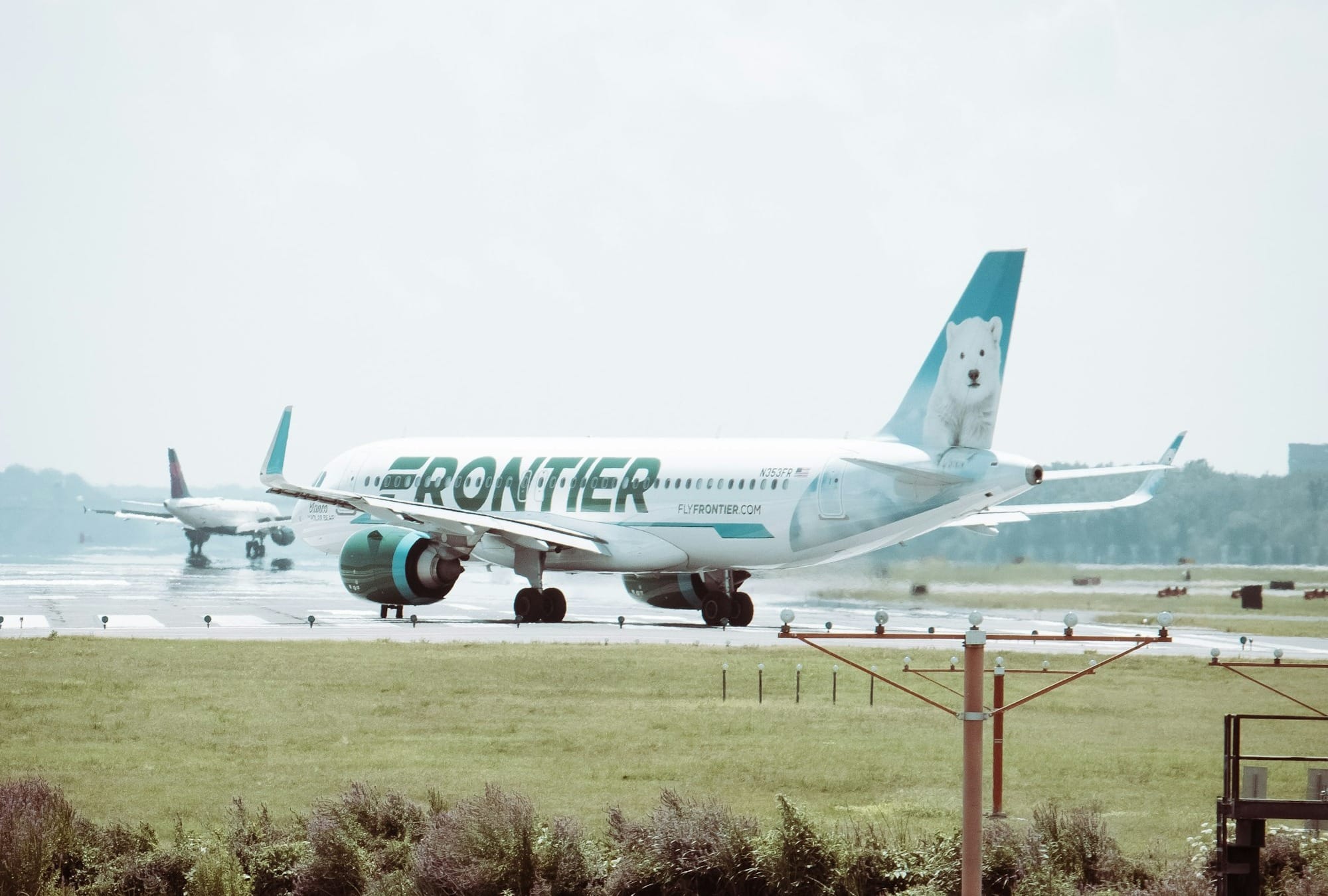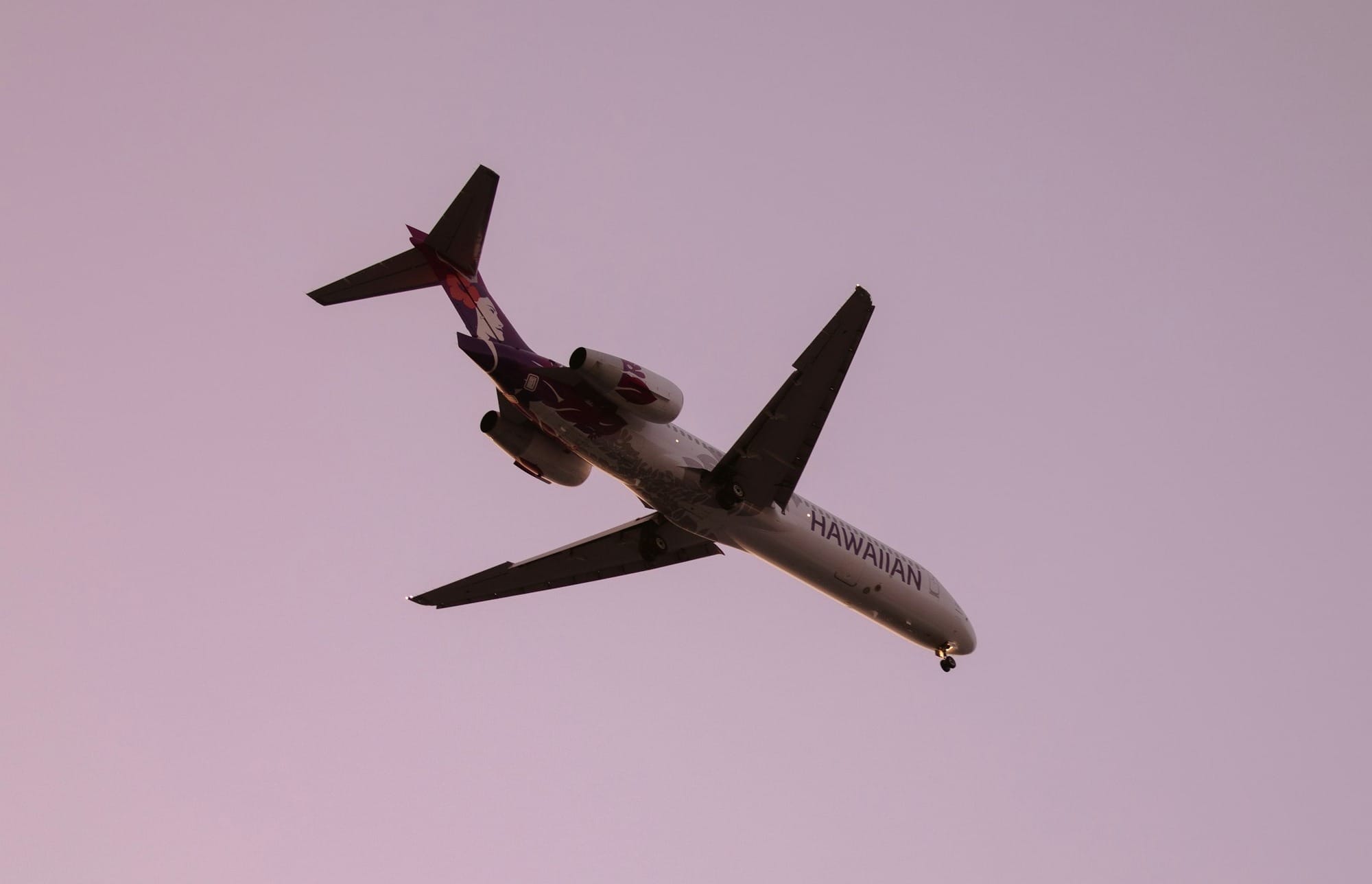Korean Air's Strategic Acquisition of Asiana Airlines: Reshaping South Korea's Aviation Landscape
In a landmark move, Korean Air has announced its plans to complete the acquisition of Asiana Airlines by 2024. This acquisition is not just a significant development within the South Korean aviation market but also a strategic maneuver...


Korean Air's Strategic Acquisition of Asiana Airlines: Reshaping South Korea's Aviation Landscape
Key Takeaways:
- Korean Air's acquisition of Asiana Airlines marks a pivotal consolidation in South Korea's aviation industry.
- The merger is expected to enhance operational efficiencies and expand the global reach of Korean Air.
- This strategic move is anticipated to foster a more competitive and resilient national carrier for South Korea.
Introduction to the Acquisition
In a landmark move, Korean Air has announced its plans to complete the acquisition of Asiana Airlines by 2024. This acquisition is not just a significant development within the South Korean aviation market but also a strategic maneuver that could reshape the competitive dynamics of the global airline industry. The consolidation of these two major carriers is poised to create a more robust national airline, capable of competing on a larger international scale.
The decision to merge comes at a time when the aviation industry is grappling with the challenges posed by the global pandemic, which has led to a dramatic decline in air travel demand. By joining forces, Korean Air and Asiana Airlines aim to leverage synergies and create a unified front to navigate the turbulent skies ahead.
The Strategic Rationale Behind the Merger
Korean Air's acquisition of Asiana Airlines is driven by a strategic rationale that seeks to address several critical objectives. Firstly, the merger is expected to eliminate redundant routes and optimize fleet utilization, leading to significant cost savings. Secondly, it will enable Korean Air to expand its market share and strengthen its position in Asia and beyond.
The combined entity will benefit from economies of scale, enhanced operational efficiencies, and a more extensive network that can attract a broader customer base. This consolidation is a strategic step towards ensuring long-term sustainability and competitiveness in a market that is increasingly dominated by large airline groups.
Advertising
Market Implications of the Acquisition
The acquisition of Asiana Airlines by Korean Air is set to have profound implications for the South Korean aviation market. It will reduce the number of major players in the domestic market, potentially leading to less competition on certain routes. However, it also promises to deliver a stronger national carrier that can compete more effectively with international giants.
The merger is likely to lead to an improved product offering for customers, with increased flight options, better connectivity, and enhanced service levels. It also has the potential to make Seoul a more prominent hub in Northeast Asia, boosting the country's aviation industry and tourism sector.
Financial Aspects of the Deal
The financial contours of the acquisition deal reveal a carefully planned approach to funding and investment. Korean Air, with the support of its parent company Hanjin Group, has outlined a financing plan that includes a mix of stock issuance and bank loans to ensure a smooth acquisition process.
The financial strategy behind the acquisition also involves measures to manage the debt levels of Asiana Airlines, which have been a concern for the carrier in the past. The combined financial strength of the merged entity is expected to provide a more stable platform for future growth and investment.
Operational Synergies to be Gained
One of the most compelling aspects of Korean Air's acquisition of Asiana Airlines is the operational synergies that can be realized. The merger will allow for a more streamlined operation, with the potential to consolidate overlapping routes and harmonize flight schedules for maximum efficiency.
The integration of both airlines' fleets will also enable a more flexible and optimized use of aircraft, potentially leading to better utilization rates and reduced operational costs. These synergies are crucial for the merged entity to achieve the scale and efficiency needed to compete on the global stage.
Impact on Employees and Corporate Culture
The human aspect of the acquisition cannot be overlooked, as the merger of Korean Air and Asiana Airlines will have a significant impact on employees and corporate culture. The integration of two large workforces will require careful management to ensure a smooth transition and the creation of a unified corporate culture.
The companies will need to address potential challenges such as job redundancies, differences in work practices, and the harmonization of employee benefits. A successful merger will depend on the effective management of these human factors and the fostering of a collaborative and inclusive work environment.

Advertising
Regulatory Hurdles and Approvals
For the acquisition to proceed, Korean Air must navigate a series of regulatory hurdles and obtain the necessary approvals from competition authorities. This process involves demonstrating that the merger will not lead to a monopoly situation and that it serves the public interest.
The regulatory scrutiny will also extend to international markets where both airlines operate, requiring a careful and strategic approach to securing approvals from various jurisdictions. The successful navigation of these regulatory challenges is critical for the completion of the acquisition.
Customer Experience and Brand Integration
The merger of Korean Air and Asiana Airlines presents an opportunity to enhance the customer experience through a combined brand offering. The integration of loyalty programs, customer service policies, and in-flight amenities will be key focus areas to ensure a seamless and improved experience for passengers.
The branding strategy will need to reflect the strengths of both carriers while creating a new identity that resonates with customers and embodies the values of the merged airline. The customer experience will play a pivotal role in the success of the unified brand in the competitive airline market.
Future Outlook for the Combined Airline
The future outlook for the combined entity of Korean Air and Asiana Airlines is one of cautious optimism. The merger has the potential to create a more resilient and competitive airline, better equipped to face the challenges of the post-pandemic world.
The strategic positioning of the combined airline, with a strong domestic base and an extensive international network, will be instrumental in capturing growth opportunities in the aviation sector. The success of the merger will be measured by the airline's ability to leverage its enhanced capabilities to drive profitability and market leadership.
Advertising
Summary
Korean Air's acquisition of Asiana Airlines is a transformative event for South Korea's aviation industry, promising to create a stronger, more competitive national carrier. The merger is expected to yield significant operational efficiencies, expand global reach, and enhance the customer experience. While there are challenges ahead, including regulatory approvals and the integration of corporate cultures, the strategic rationale behind the acquisition is clear. The combined airline is poised to emerge as a formidable player in the global aviation market, with the potential to drive growth and innovation in the years to come.



